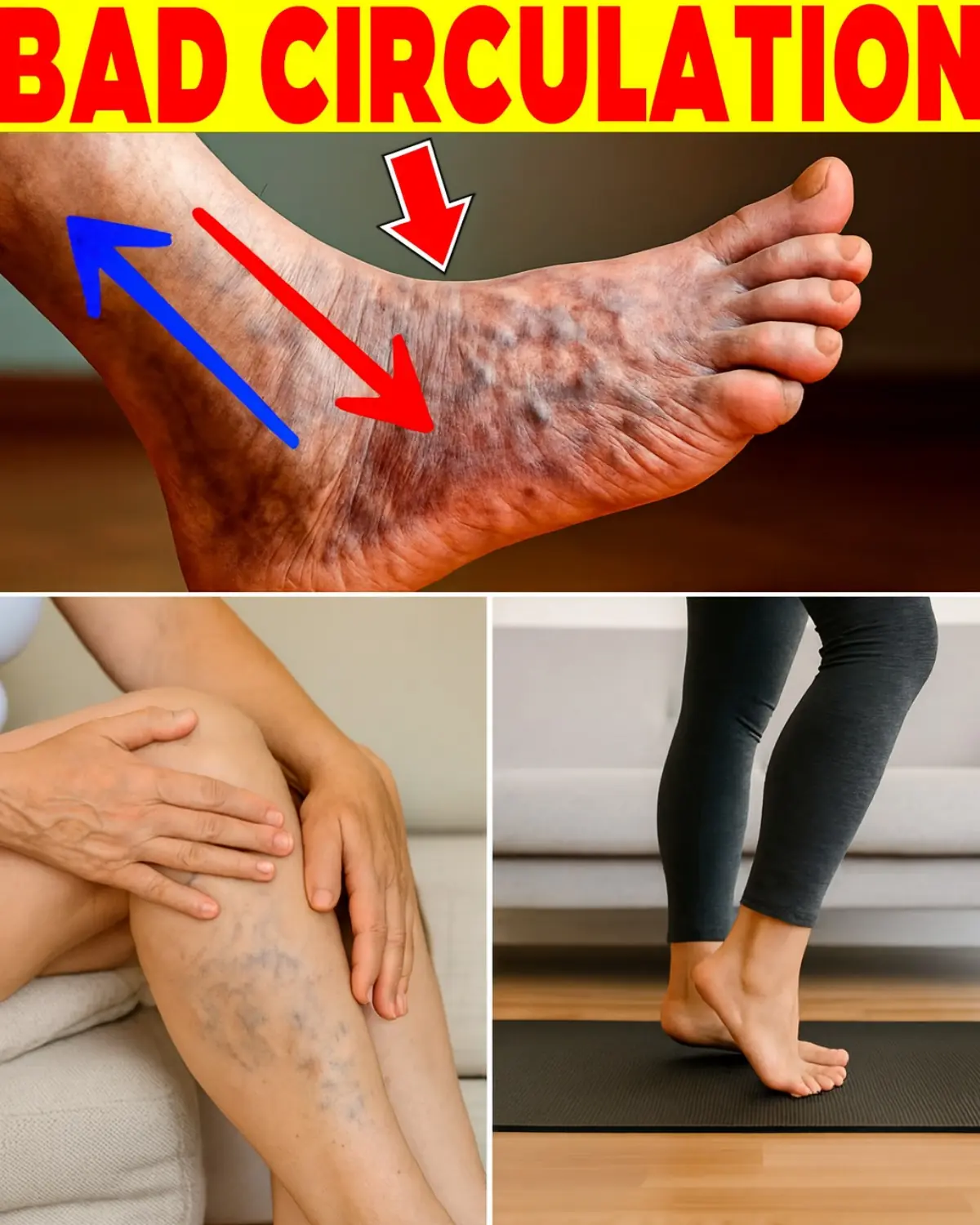
Never Ignore These 8 Early Signs of a Fatty Liver
You wake up feeling sluggish, your stomach bloated like a balloon after a heavy meal. Maybe you’ve noticed your skin looking dull or felt a nagging ache under your ribs. Could these be random quirks—or something more serious? Fatty liver disease often hides in plain sight, creeping up silently until it’s a bigger problem. This article uncovers eight early signs you might be overlooking, each with practical insights to help you take charge of your health. Ready to discover what your body’s trying to tell you? Let’s dive in—because what you don’t know could change everything.
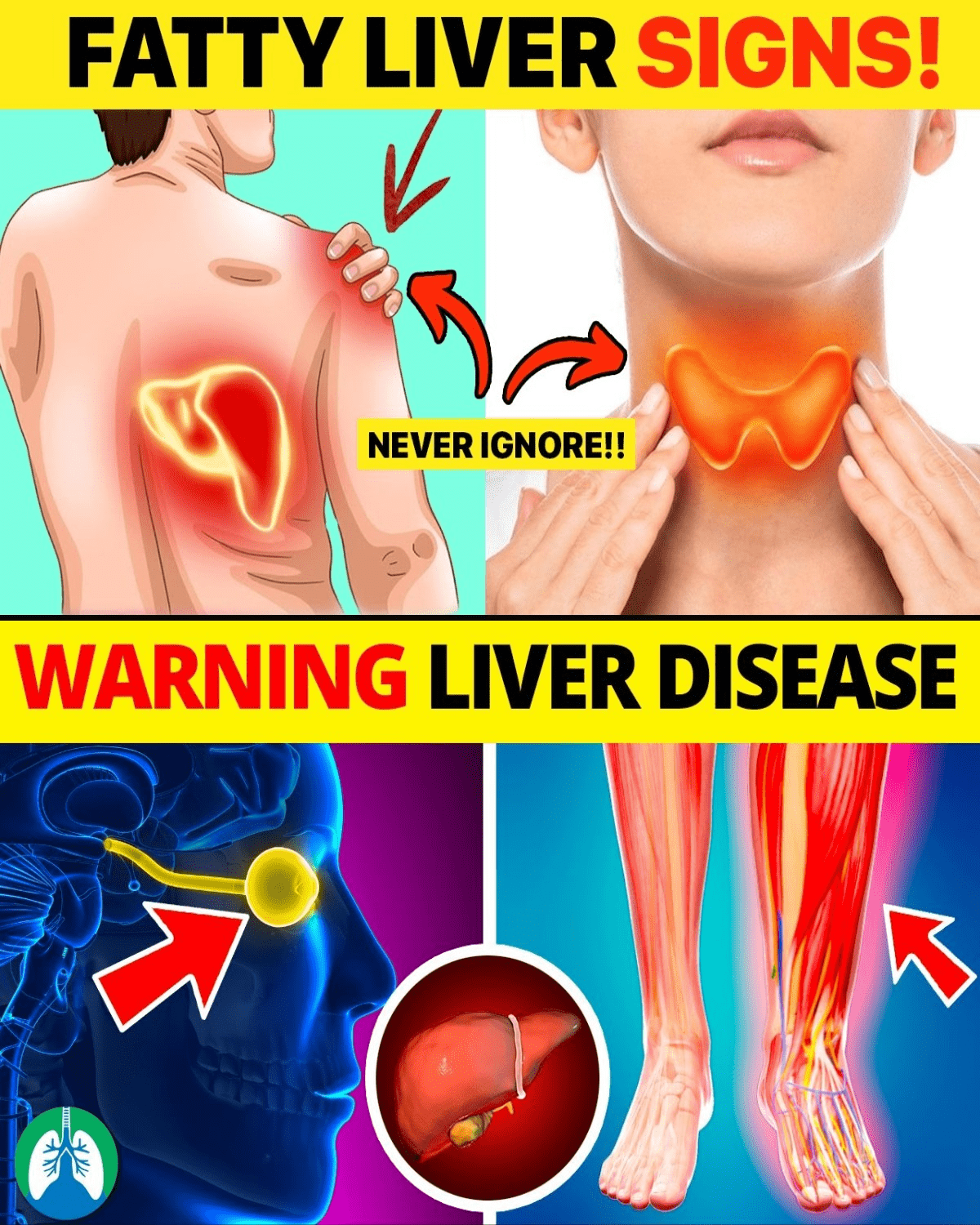
Why Fatty Liver Sneaks Up on You
Fatty liver disease, or non-alcoholic fatty liver disease (NAFLD), affects nearly 1 in 3 Americans. Excess fat builds up in your liver, straining its ability to function. Left unchecked, it may lead to inflammation or even scarring. The scary part? Symptoms are often vague, easily dismissed as stress or aging. Are you unintentionally ignoring your body’s whispers? Understanding these signs could be your first step toward better health. But how do you spot them?
The Silent Threat You Can’t Ignore
The liver doesn’t scream for attention—it murmurs. You might feel fine while fat accumulates, silently taxing your system. By the time discomfort hits, damage may already be underway. Research shows early detection can make a difference, yet many miss the clues. Why risk waiting until it’s too late? Let’s explore the eight early signs that could unlock a healthier you. Curious about the first one? It’s more common than you think.
8 Early Signs of a Fatty Liver You Need to Know
8. Unexplained Fatigue That Drags You Down
Picture Sarah, 47, dragging herself through afternoons, her energy fading like a dying battery. She blamed long workdays, but tests revealed early fatty liver. Feeling tired despite enough sleep? Your liver might be working overtime to process excess fat. Studies suggest fatigue is a top complaint in NAFLD, often ignored as “just life.” A simple diet tweak could restore your spark. Wondering what else your body’s hiding?
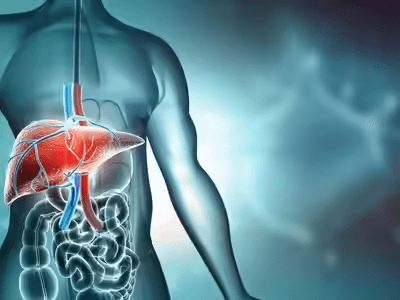
7. Bloating or Discomfort After Meals
Ever feel like your stomach’s staging a protest after eating? John, 52, noticed a heavy, bloated sensation after dinners, dismissing it as overeating. That nagging fullness could signal your liver struggling with fat metabolism. Research links bloating to early liver stress, especially after fatty meals. Cutting back on processed foods might ease the pressure. Could your diet be the key to feeling lighter?
6. Dull Pain Under Your Right Ribs
Imagine a faint ache under your ribs, like a pebble in your shoe. For Lisa, 45, it was a mild nuisance she ignored—until a checkup flagged liver issues. This subtle pain, often on the right side, can hint at liver inflammation. Studies show it’s a common early sign of NAFLD, easily mistaken for muscle strain. Curious if your aches mean more? The next sign might surprise you.
5. Yellowing Skin or Eyes (Jaundice)
You glance in the mirror and notice your skin looks slightly sallow, like old parchment. Early jaundice, a yellowish tint to skin or eyes, can signal liver trouble. It happens when your liver can’t process bilirubin efficiently. Research indicates mild jaundice appears in some NAFLD cases before major issues arise. A doctor’s visit could clarify things. But wait, the next sign’s even sneakier.
4. Unexplained Weight Gain Around the Middle
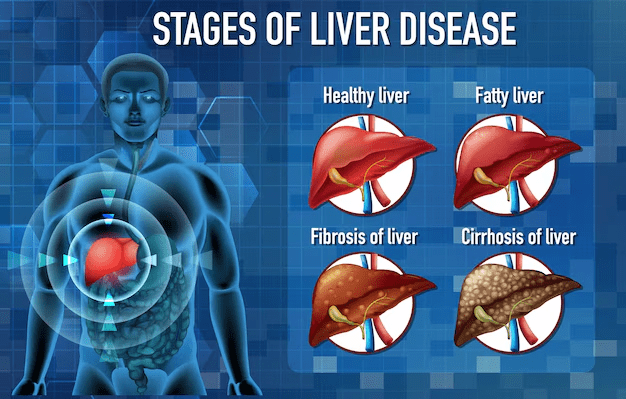
Despite no major diet changes, your jeans feel tighter around the waist. Sound familiar? This stubborn belly fat could point to liver stress, as fat storage shifts to your midsection. Studies tie visceral fat to NAFLD, even in non-obese people. Small lifestyle changes might reverse the trend. Ever wondered why that weight won’t budge? The next clue’s a game-changer.
3. Dark Urine, Even When Hydrated
You’re drinking water like a champ, yet your urine looks like iced tea. This subtle shift puzzled Mark, 50, until tests showed early liver issues. Dark urine can signal your liver’s struggling to filter waste. Research highlights it as an NAFLD red flag, often missed. A quick checkup could ease your mind. Ready for a sign you’d never expect?
2. Itchy Skin That Won’t Quit
Imagine scratching your arms, the itch lingering like an uninvited guest. For Emily, 48, this was her body’s cry for help, later tied to fatty liver. Itchy skin, especially without a rash, may stem from liver dysfunction, as toxins build up. Studies note this in early NAFLD cases. Simple changes could soothe your skin. But hold on—the final sign’s a life-changer.
1. Brain Fog That Clouds Your Day
Ever walk into a room and forget why? Brain fog—trouble focusing or feeling mentally sluggish—hit Karen, 46, hard. She chalked it up to stress, but her doctor linked it to fatty liver. Toxins accumulating from a struggling liver can cloud cognition, research shows. Addressing diet and exercise might clear the haze. Could this be your wake-up call?
Solutions to Take Charge of Your Health
You’re probably thinking, “This sounds serious—where do I start?” The good news? Small, safe steps can make a difference. Research suggests a balanced diet rich in vegetables and lean proteins supports liver health. Regular exercise, even 30 minutes of walking daily, can reduce liver fat. Sarah, from our earlier story, cut sugary drinks and felt her energy soar within weeks. Mark added morning stretches and noticed his urine normalize. Always consult a healthcare provider before major changes—they’ll tailor advice to you.
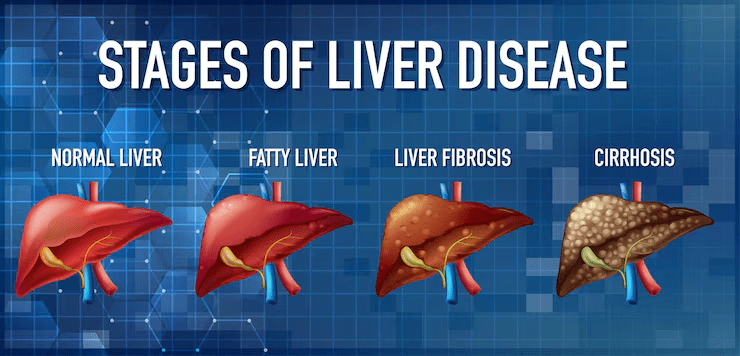
Practical Steps to Support Your Liver
Here’s a clear path forward, backed by science:
- Eat Clean: Focus on whole foods like leafy greens, berries, and fish. Avoid processed carbs.
- Move Daily: Aim for 150 minutes of moderate exercise weekly, like brisk walking.
- Stay Hydrated: Drink water consistently to support liver function.
| Action | Benefit | How Often |
|---|---|---|
| Eat leafy greens | Reduces liver fat | Daily |
| Walk briskly | Improves metabolism | 5x/week |
| Limit sugar | Eases liver strain | Always |
Safety First: What to Know
| Step | Precaution | Why It Matters |
|---|---|---|
| Consult doctor | Avoid self-diagnosis | Ensures personalized care |
| Gradual diet changes | Prevent nutrient gaps | Supports long-term health |
| Monitor symptoms | Track changes | Catches issues early |
You might wonder, “Can I really reverse this?” While no one can promise results, studies show lifestyle changes can reduce liver fat in many cases. Start small, stay consistent, and check with your doctor to stay on track.
Don’t Miss Your Chance to Act
Ignoring these signs could mean missing a chance to feel lighter, sharper, and more energized. Imagine bypassing fatigue, bloating, or that stubborn belly fat with simple tweaks. Sarah and Mark took action and felt the difference—why not you? Start by noticing your body’s signals and talking to a healthcare provider. Share this article with someone who needs it; you might spark their journey to better health. P.S. Did you know drinking coffee in moderation may support liver health? Research suggests it could be a surprising ally.
This article is for informational purposes only and does not replace professional medical advice. Consult your healthcare provider for personalized guidance.
News in the same category

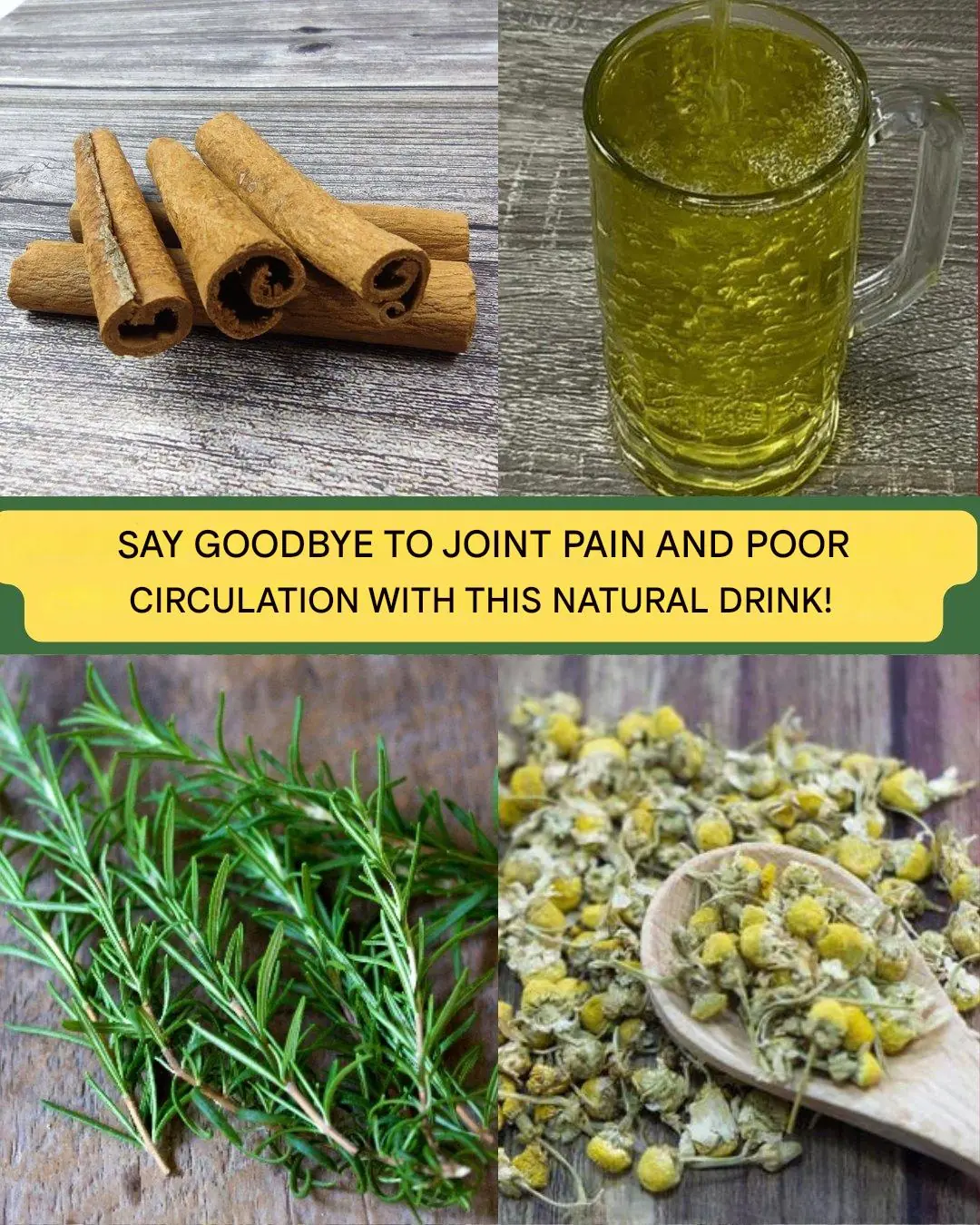
Natural Drink to Say Goodbye to Joint Pain and Boost Circulation
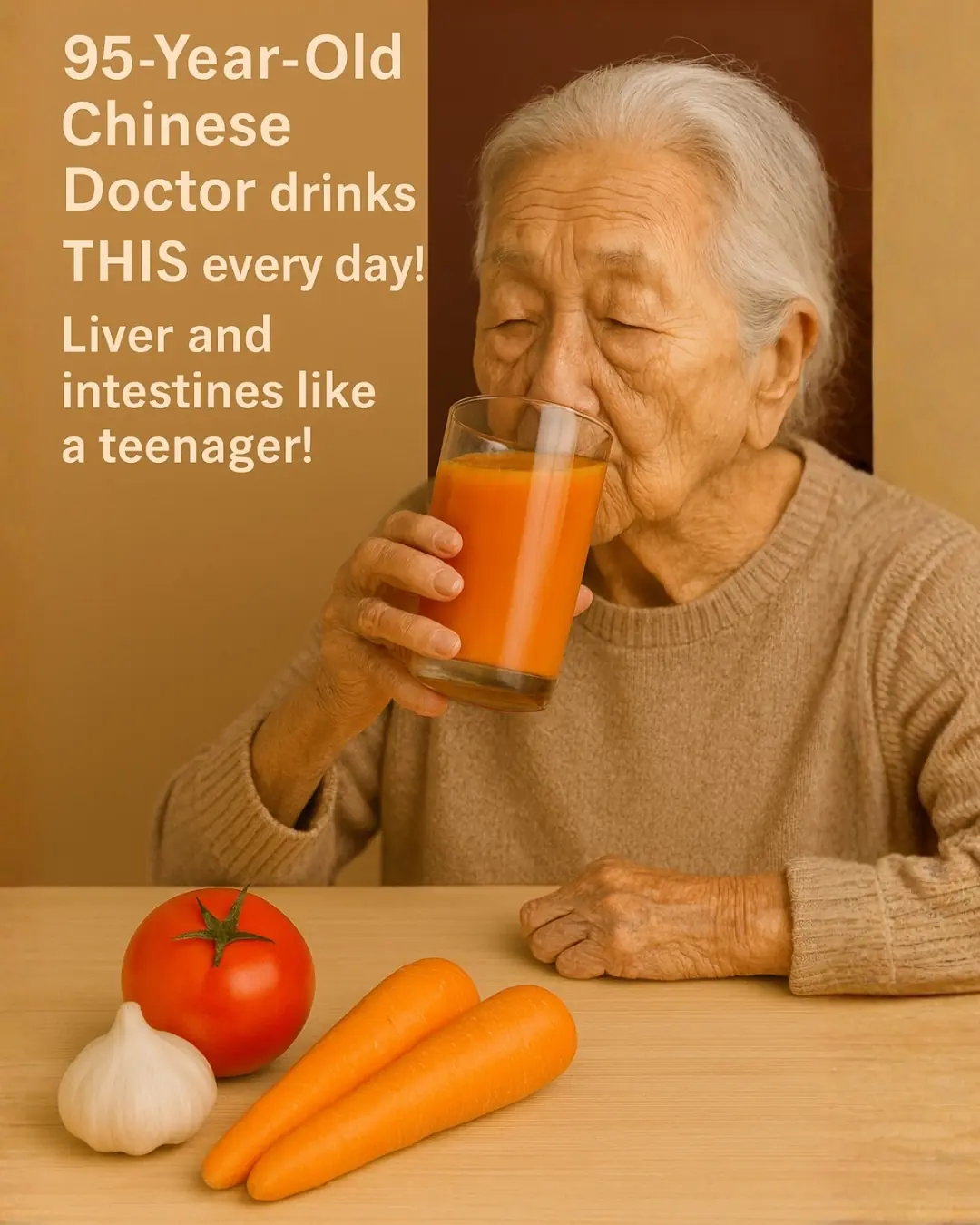
The Secret of a 95-Year-Old Chinese Doctor: The Natural Juice That Keeps His Liver and Intestines Young
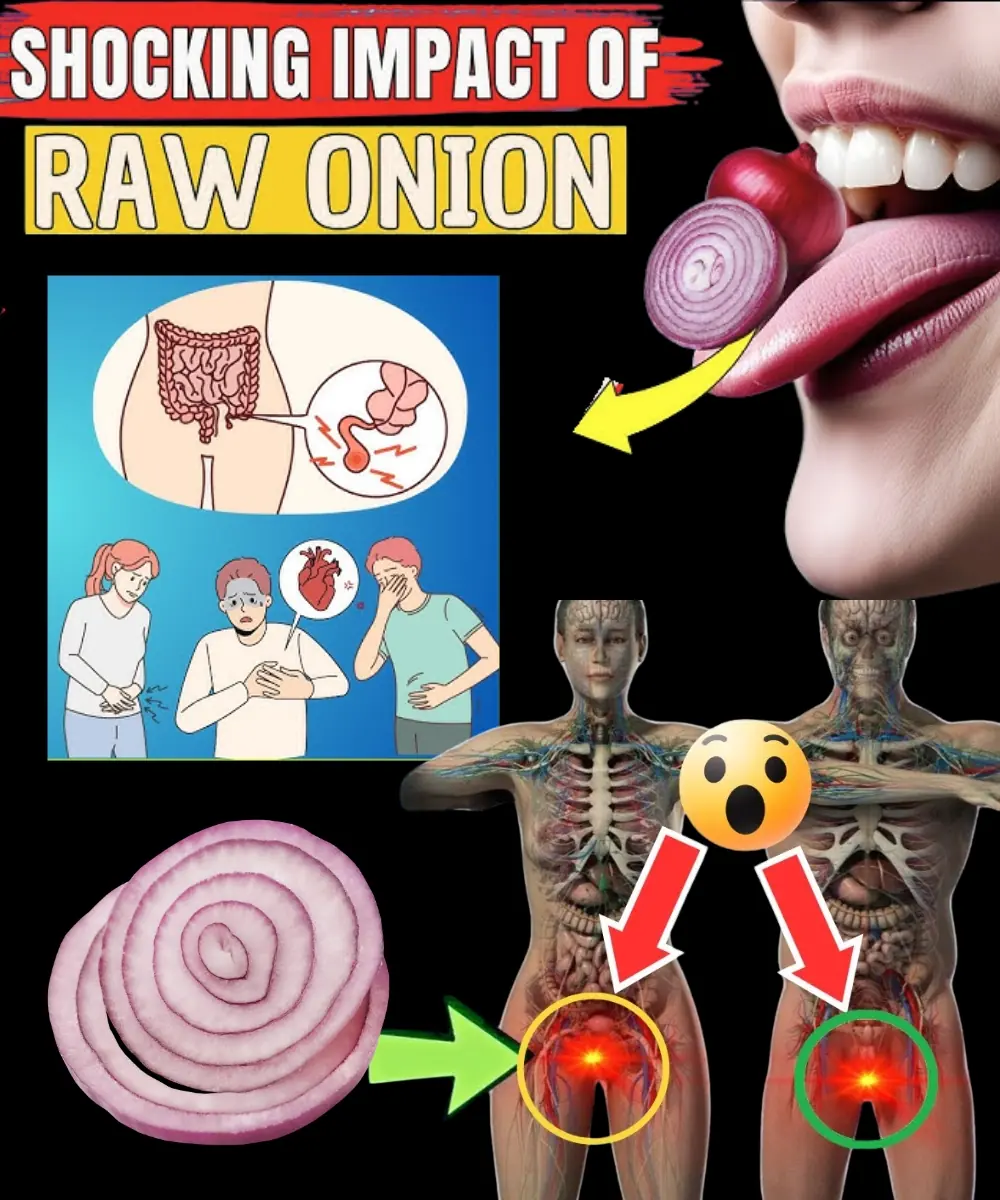
Just 1 Raw Onion a Day Has These 11 POWERFUL Health Benefits
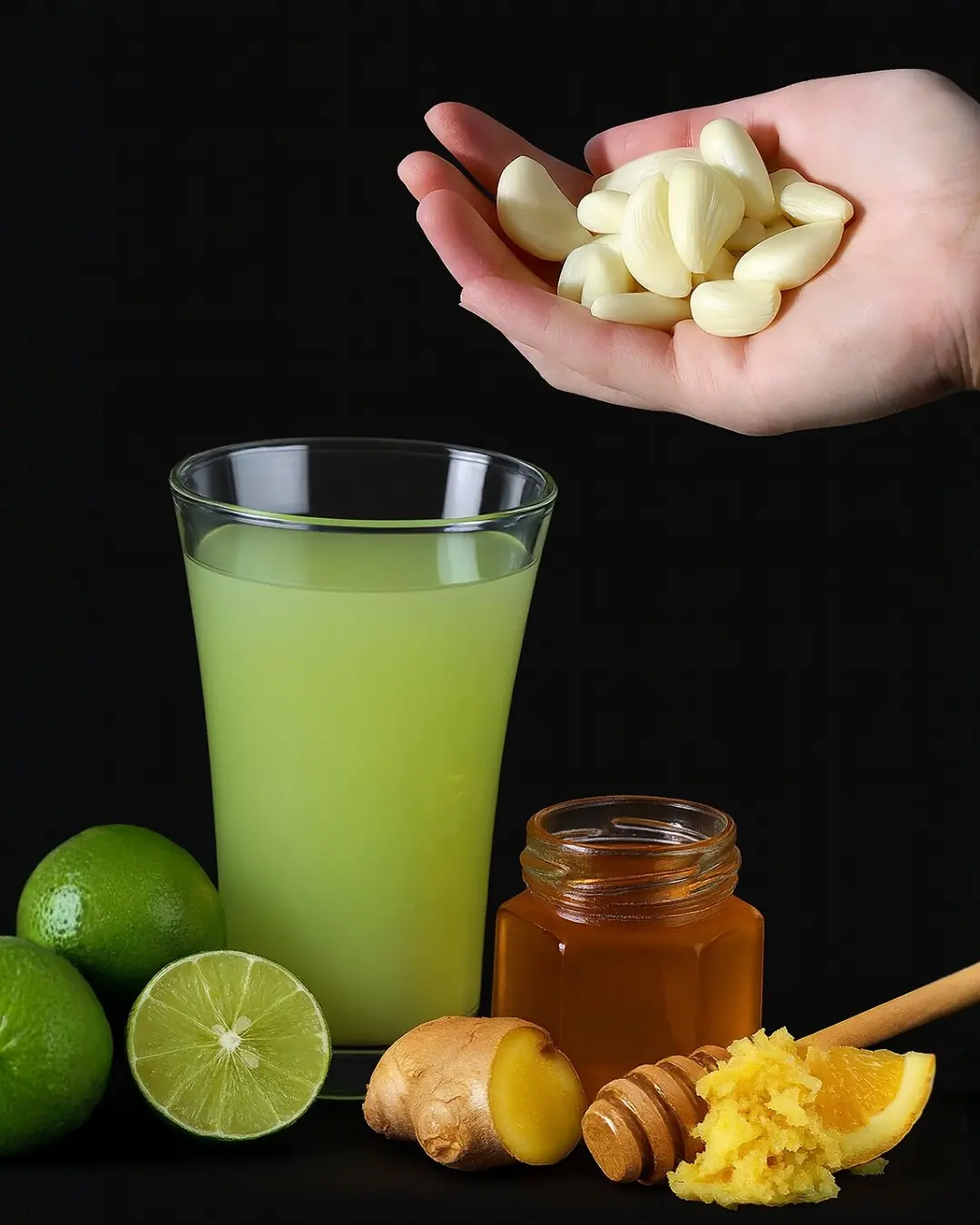
Powerful Homemade Health Elixir: Ginger, Garlic, Lemon & Honey Remedy
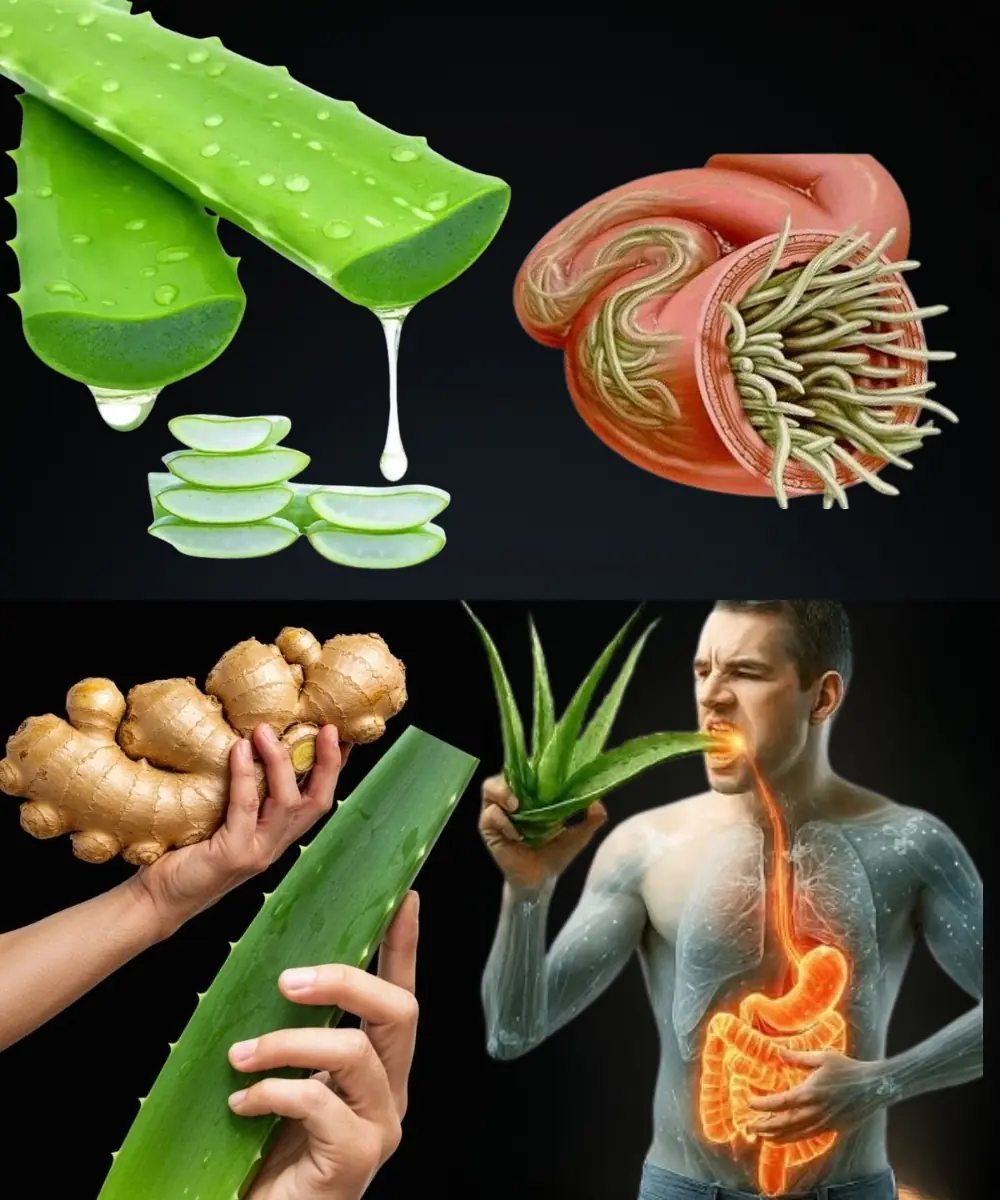
The Ultimate Aloe Vera Cure: Nature’s Strongest Defense Against Bacteria, Fungi, and Toxins

I Was Losing My Vision and Didn’t Know What to Do — Until an Eye Doctor Showed Me This Natural Juice Recipe
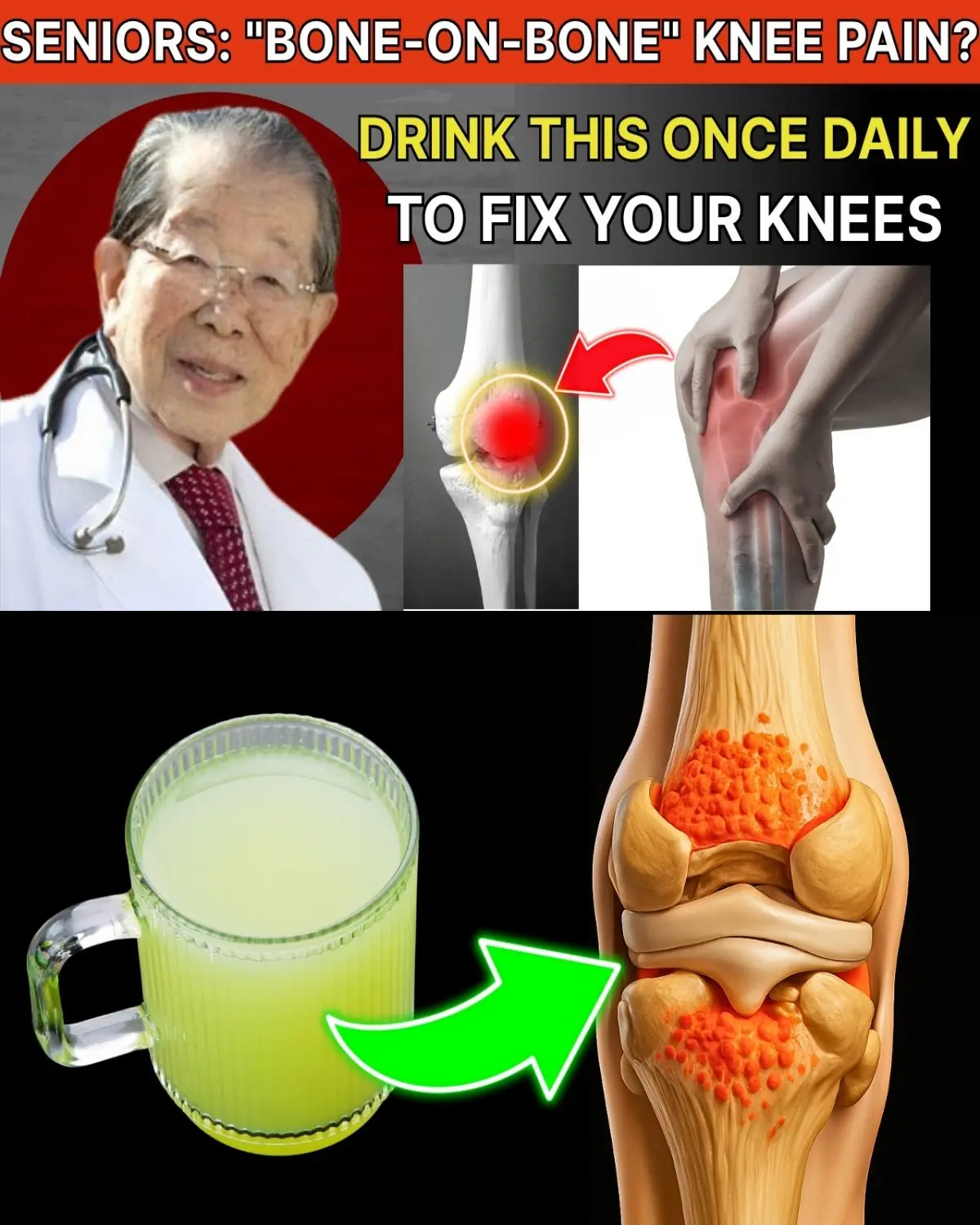
Seniors, Drink THIS to Rebuild Knee Cartilage & End Pain Fast
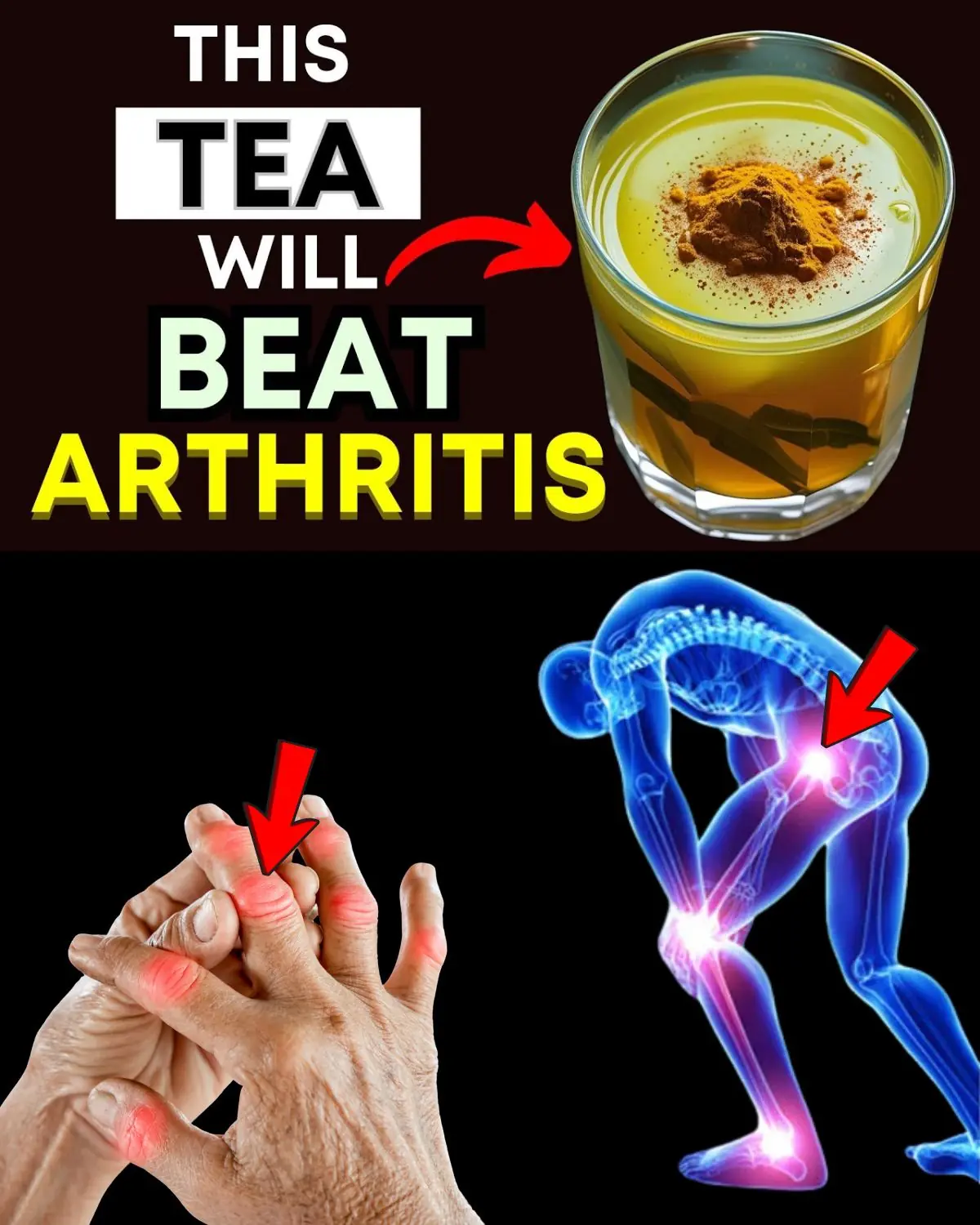
Top 3 Best Teas for Arthritis Pain Relief & Inflammation
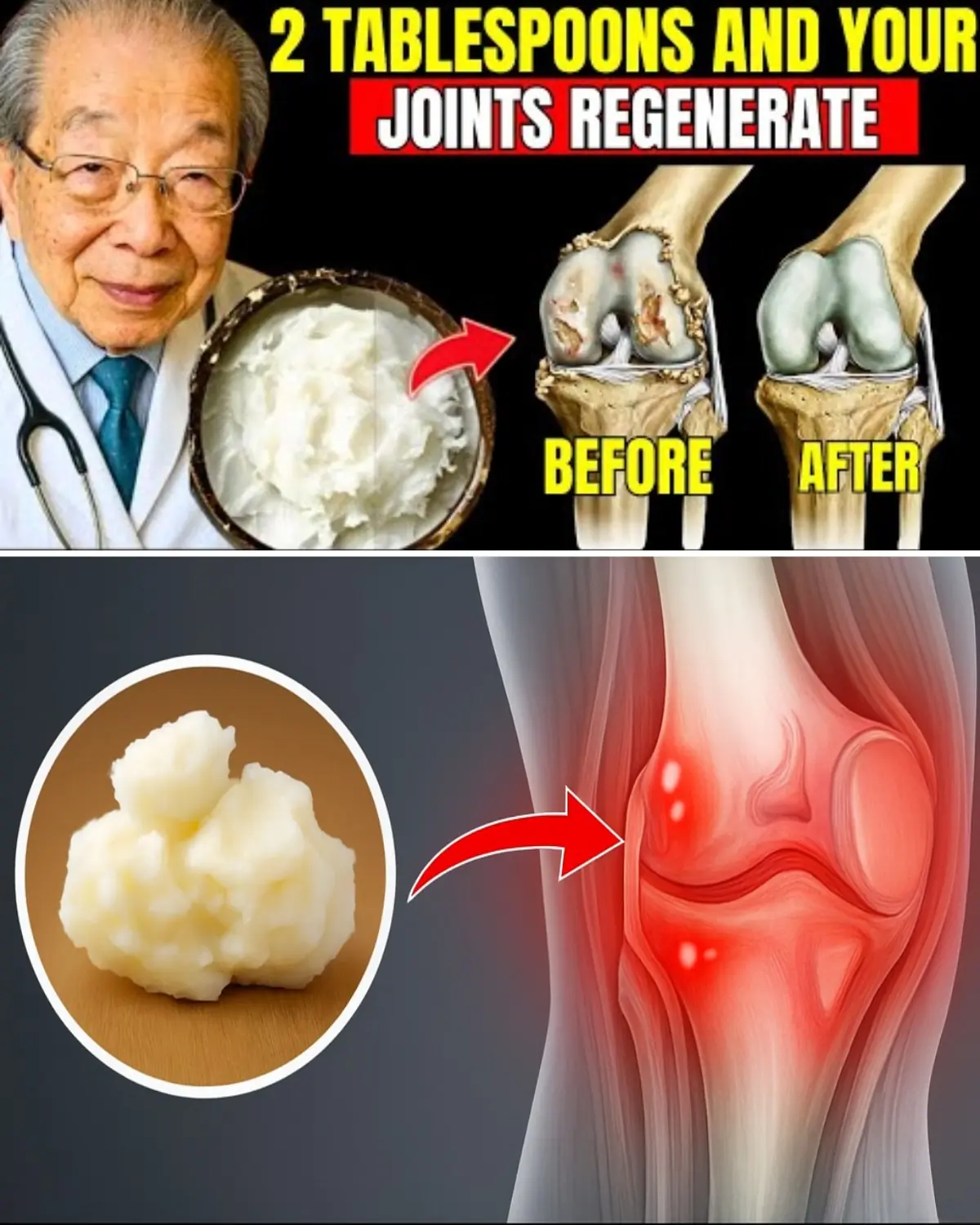
Seniors, Sip This to Revive Your Knee Cartilage Fast
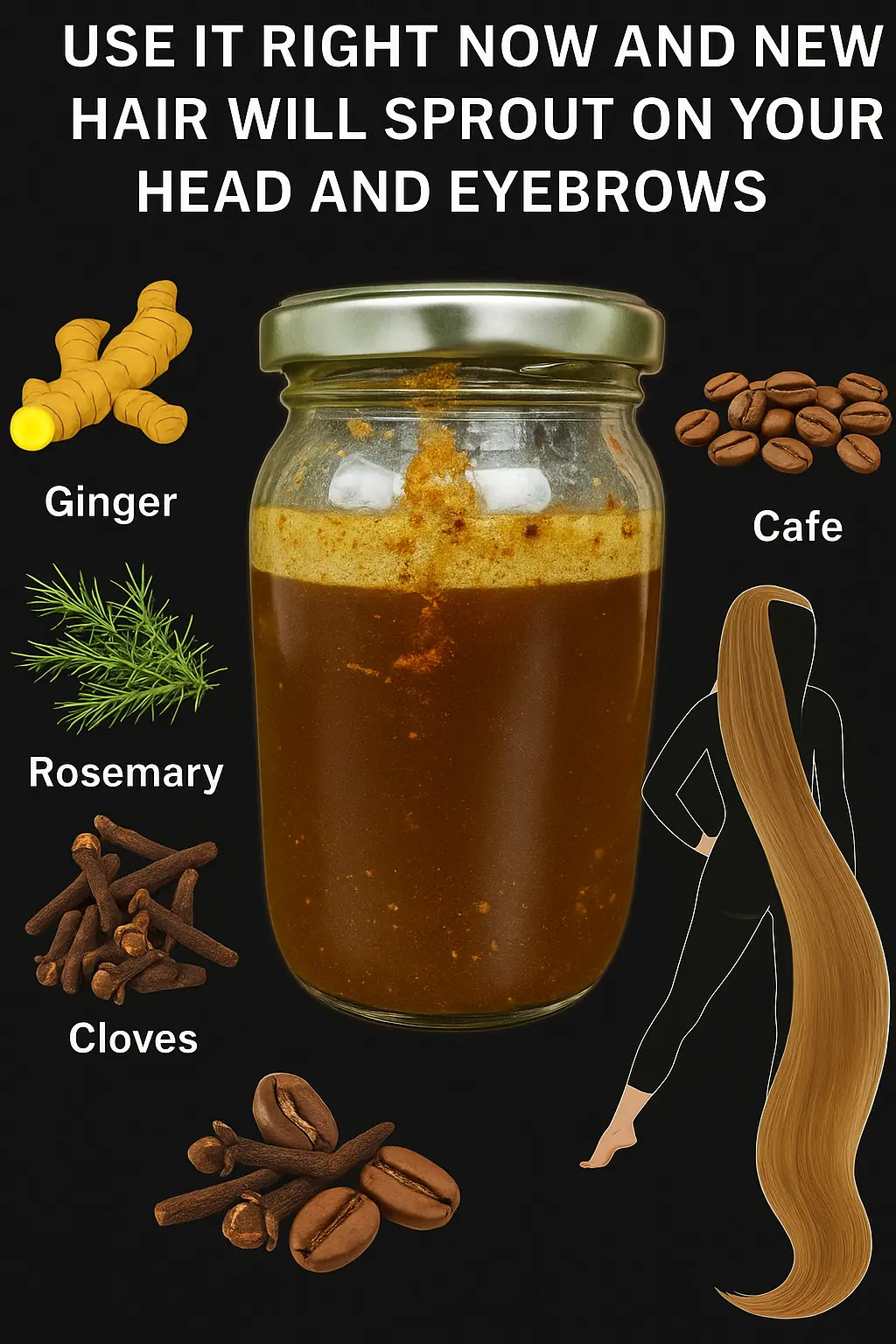
Unlock the Secret to Thicker, Healthier Hair with This All-Natural Tonic
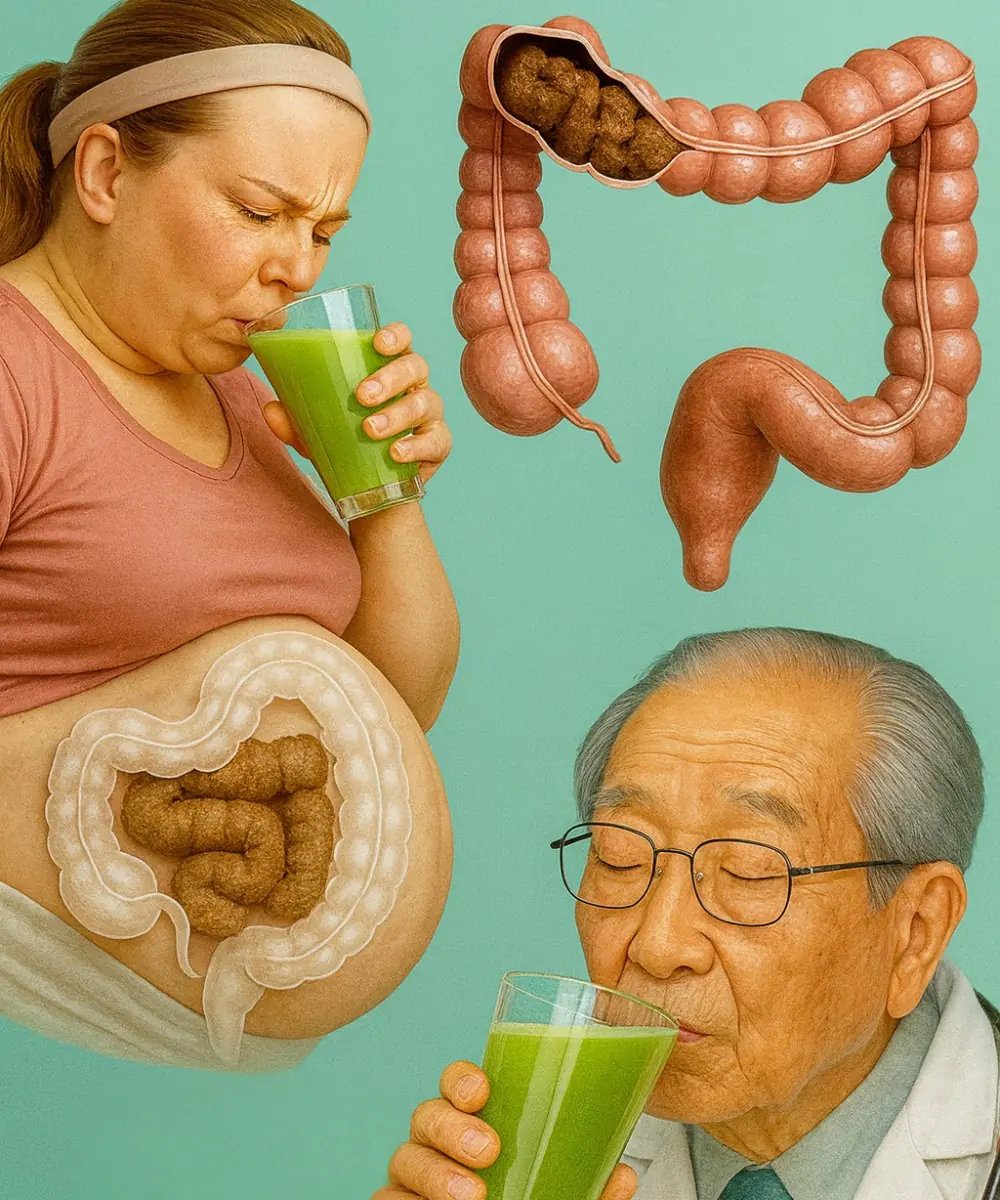
One Glass to Transform Your Mornings: The Ultimate Colon Cleanse Drink
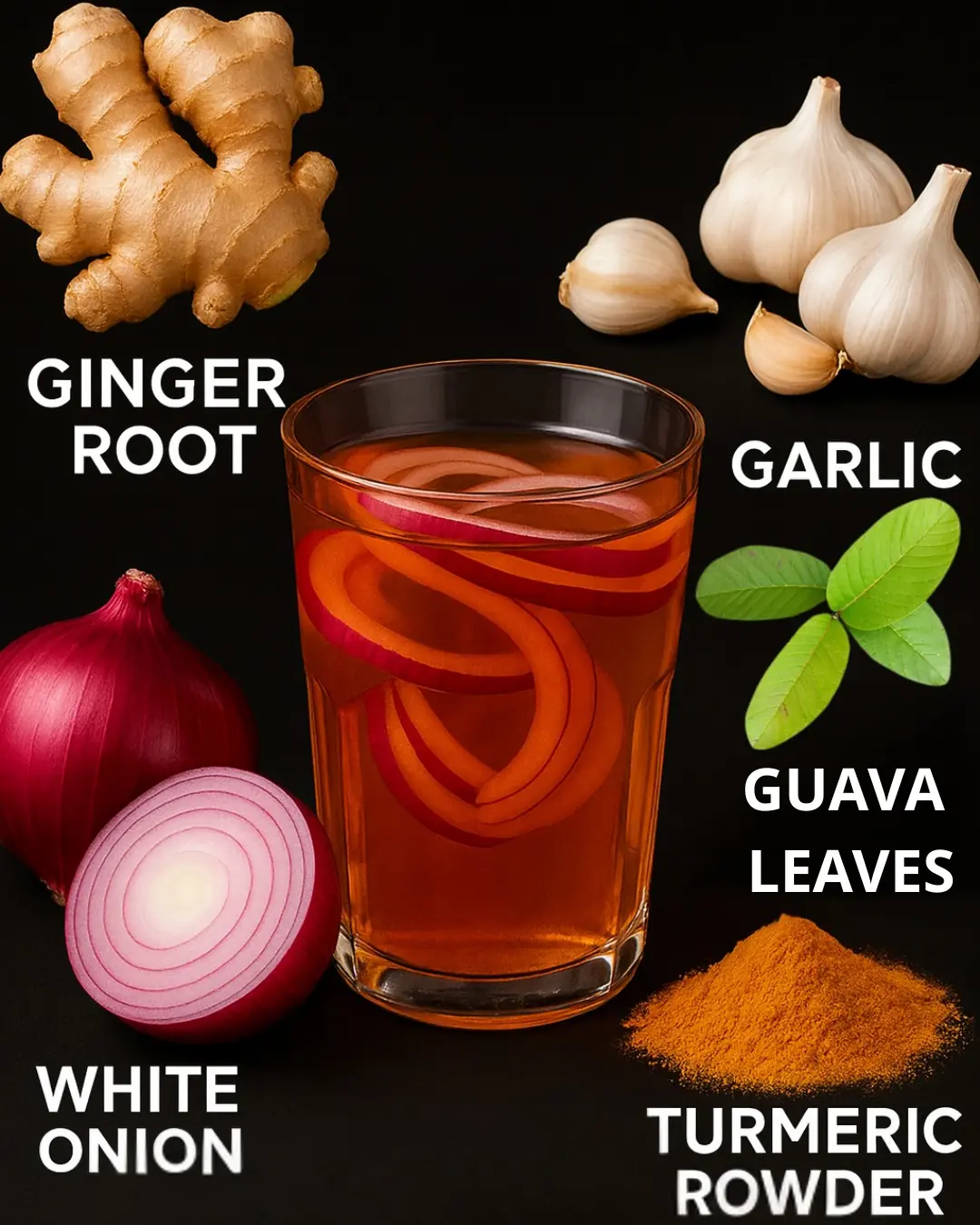
The Ultimate Morning and Evening Bliss Tea: Nature’s Finest Healing Brew
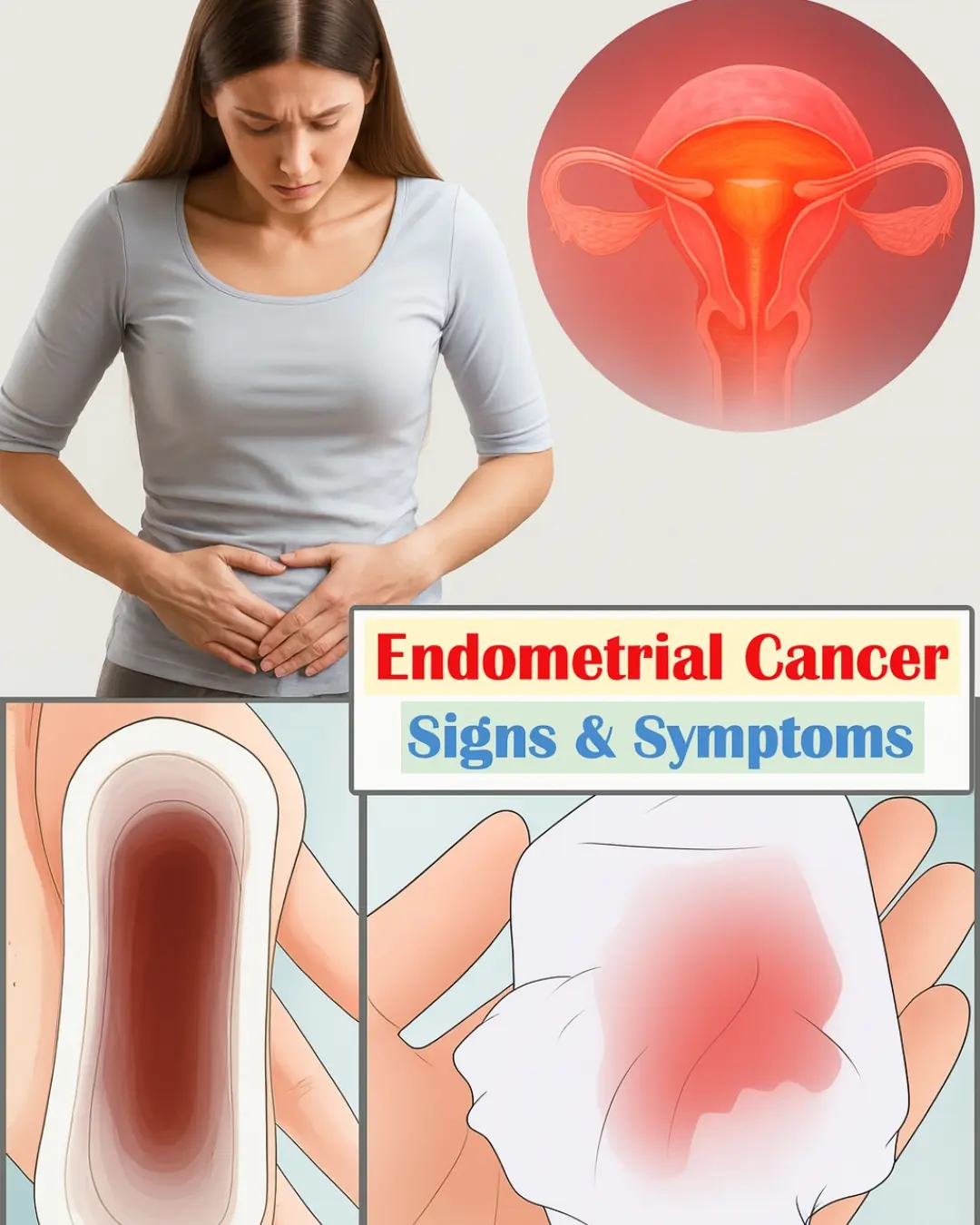
12 Warning Signs Your Uterus Is Crying for Help – Don’t Ignore These Symptoms

5 Powerful Natural Remedies for Circulation, Inflammation & Blood Sugar Balance
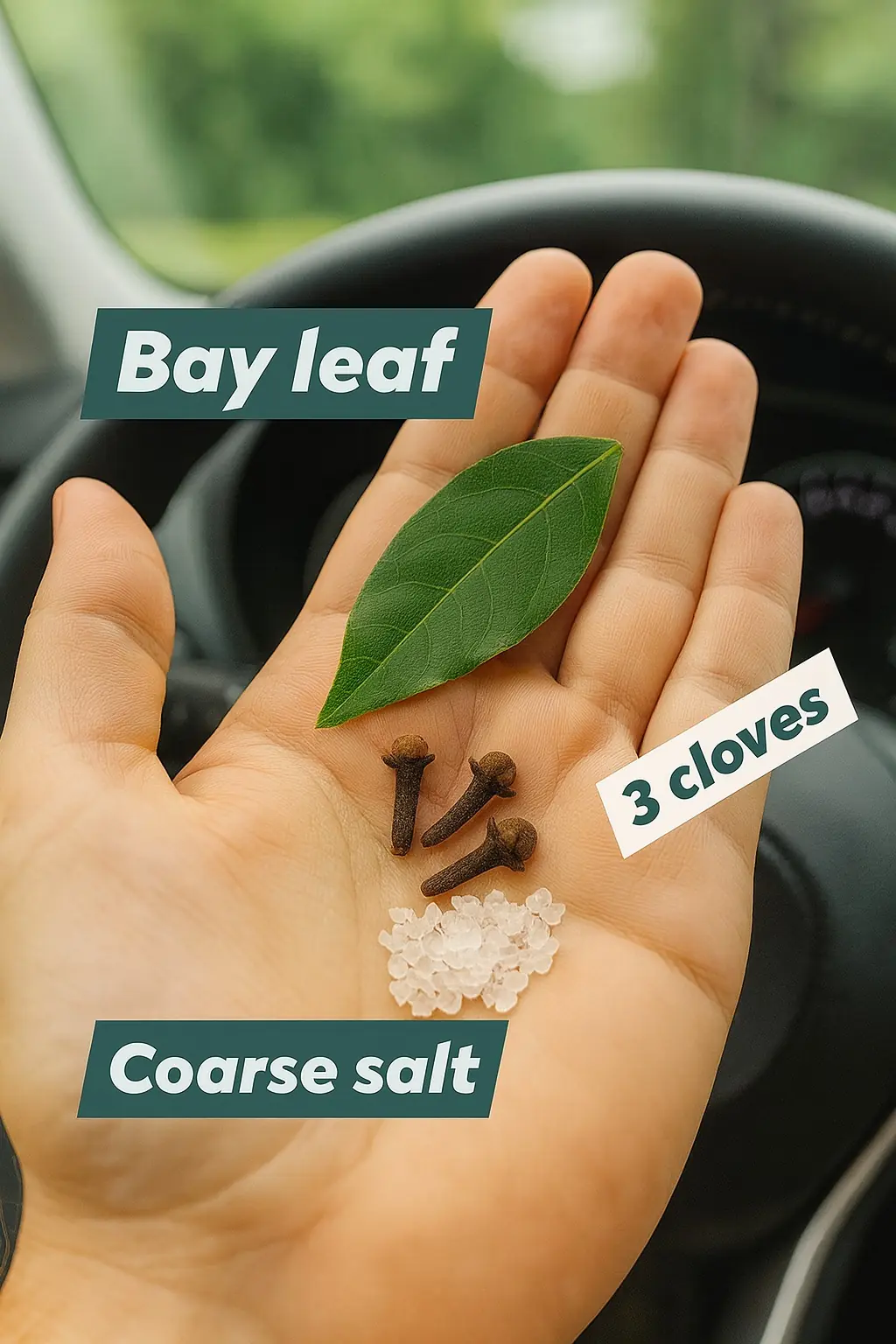
Ancient Protection & Prosperity Rituals with Simple Natural Items
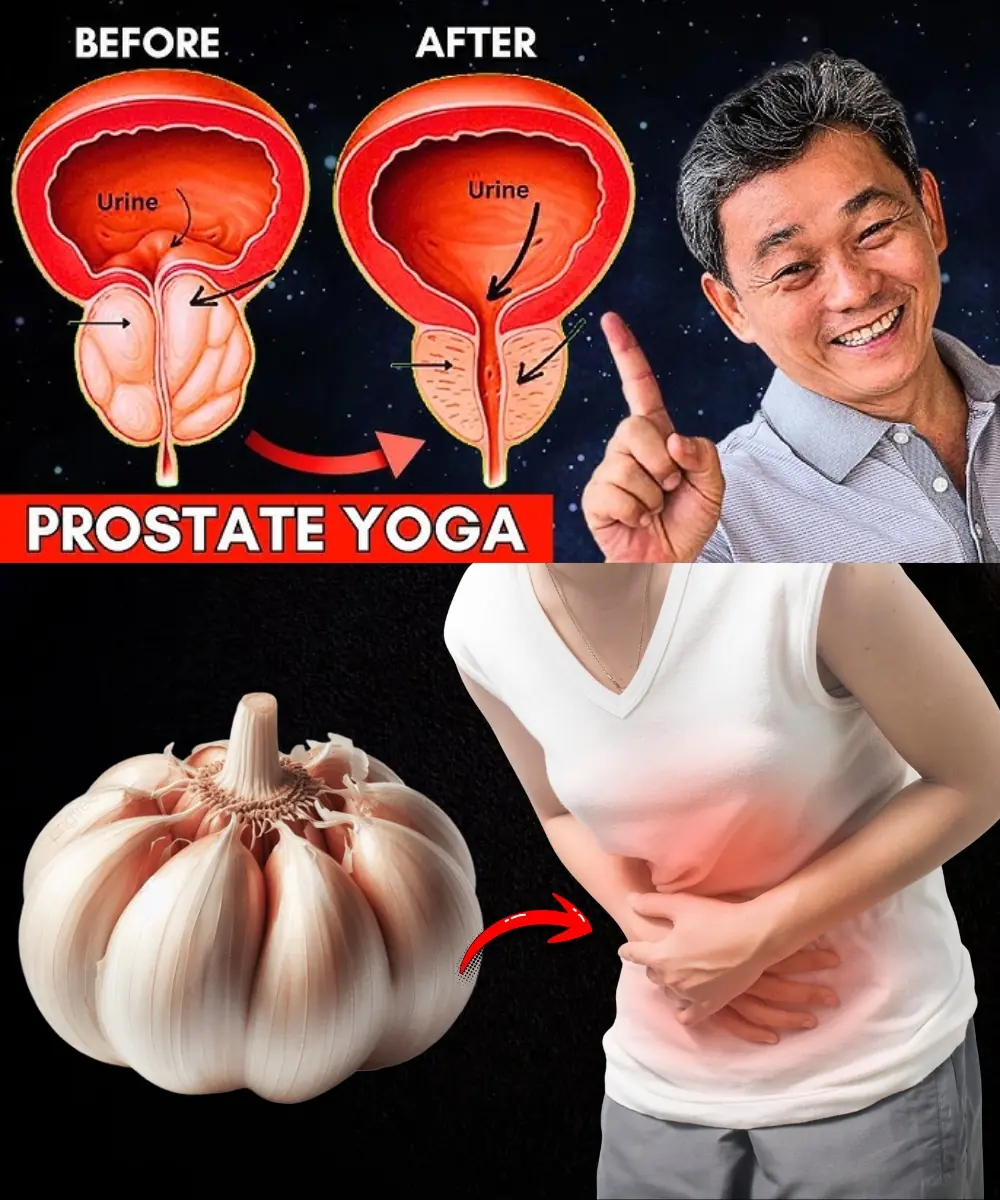
The Secret Weapon for Prostate Health: How Garlic Transforms Men’s Wellness Naturally!

Discover the Secret to Luscious Locks: 3 Red Onion Hacks for Faster Hair Growth and Thicker Strands
News Post

Kat Timpf takes break from Gutfeld! for more surgery while pushing back against internet trolls
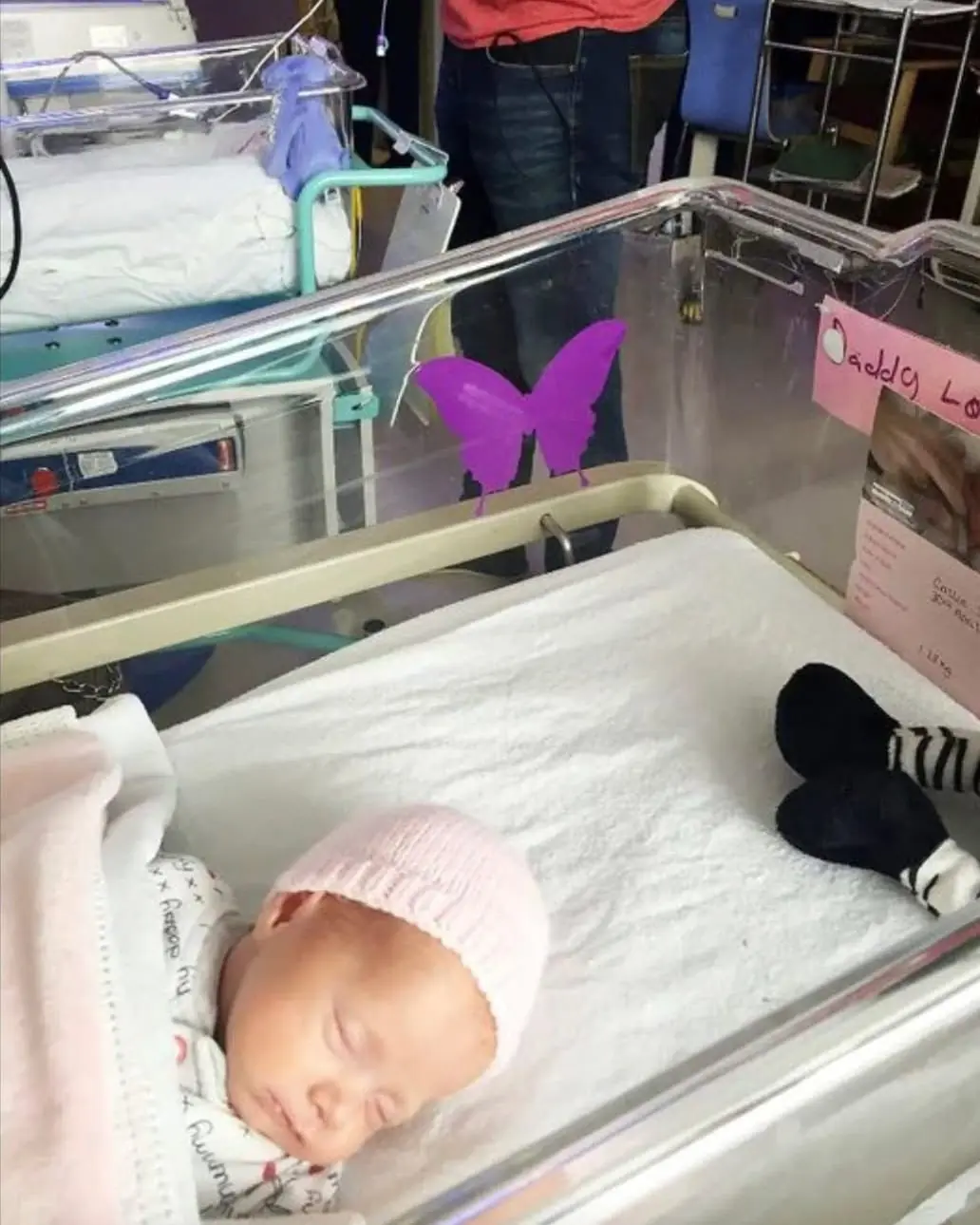
If you see a purple butterfly sticker near a newborn, you need to know what it means

Top FBI official makes chilling claim about Epstein investigation
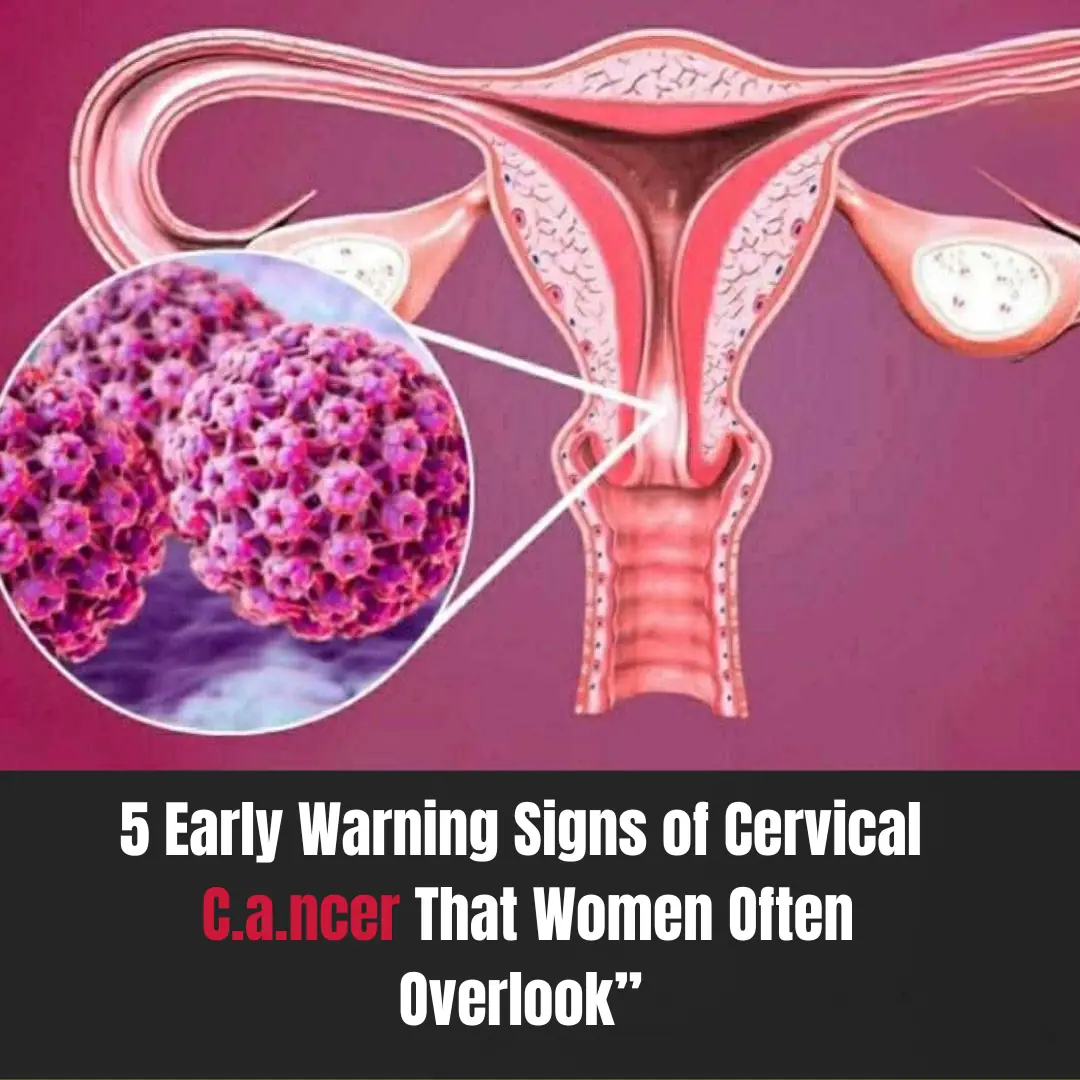
5 early warning signs of cervical cancer
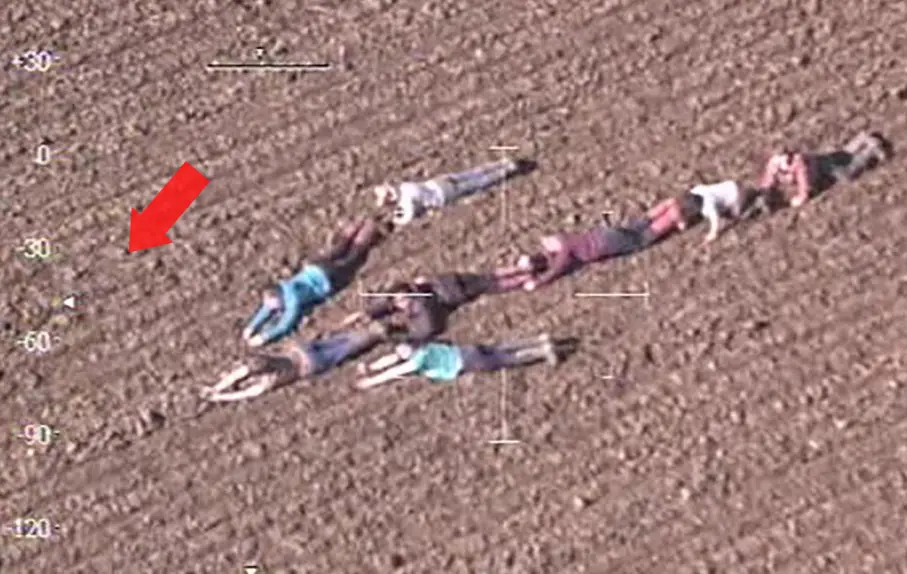
These 12 Kids And A Dog Were Dubbed As The Crime-Busting Heroics
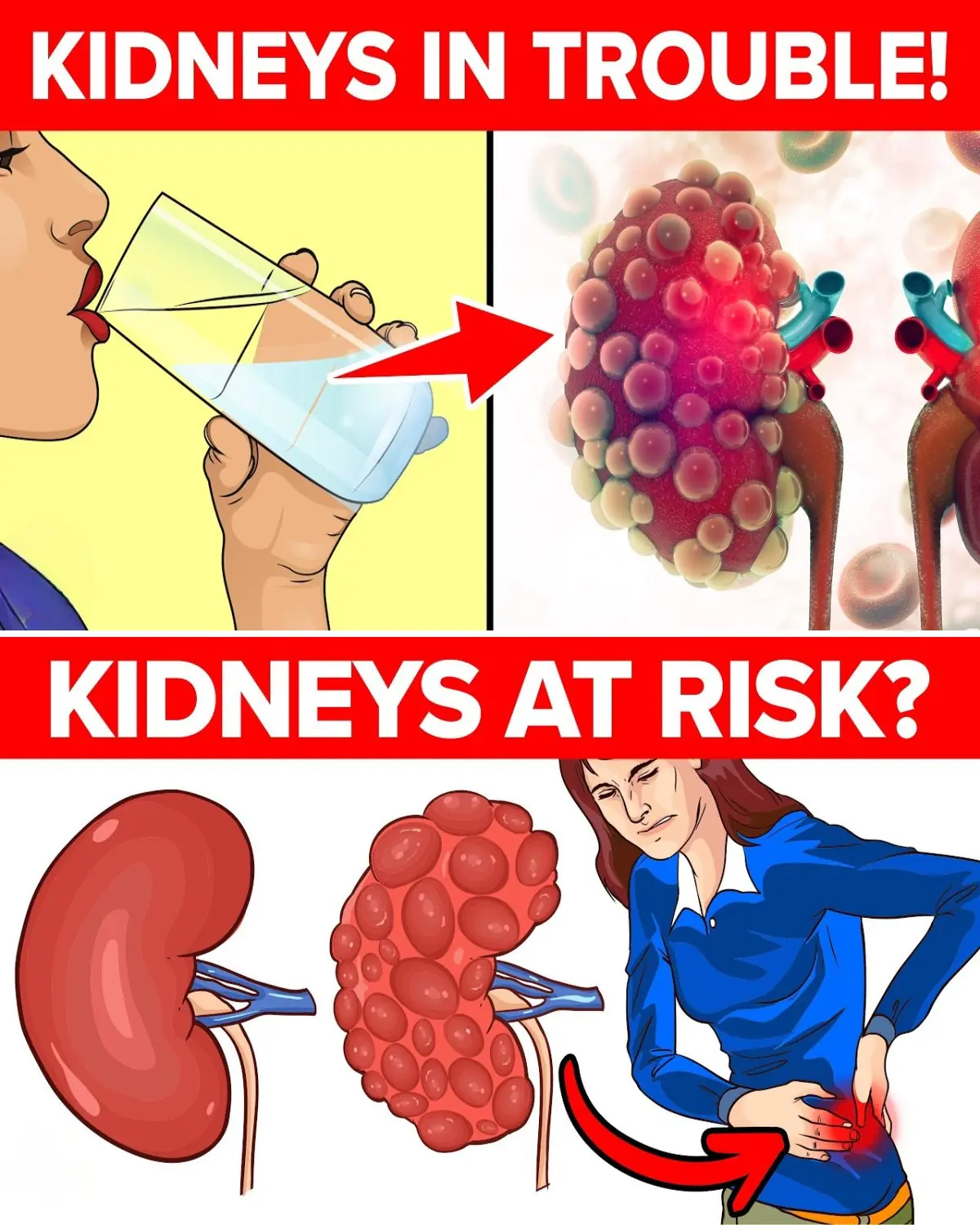
7 Innocent Mistakes That Get Your Kidneys in Big Trouble
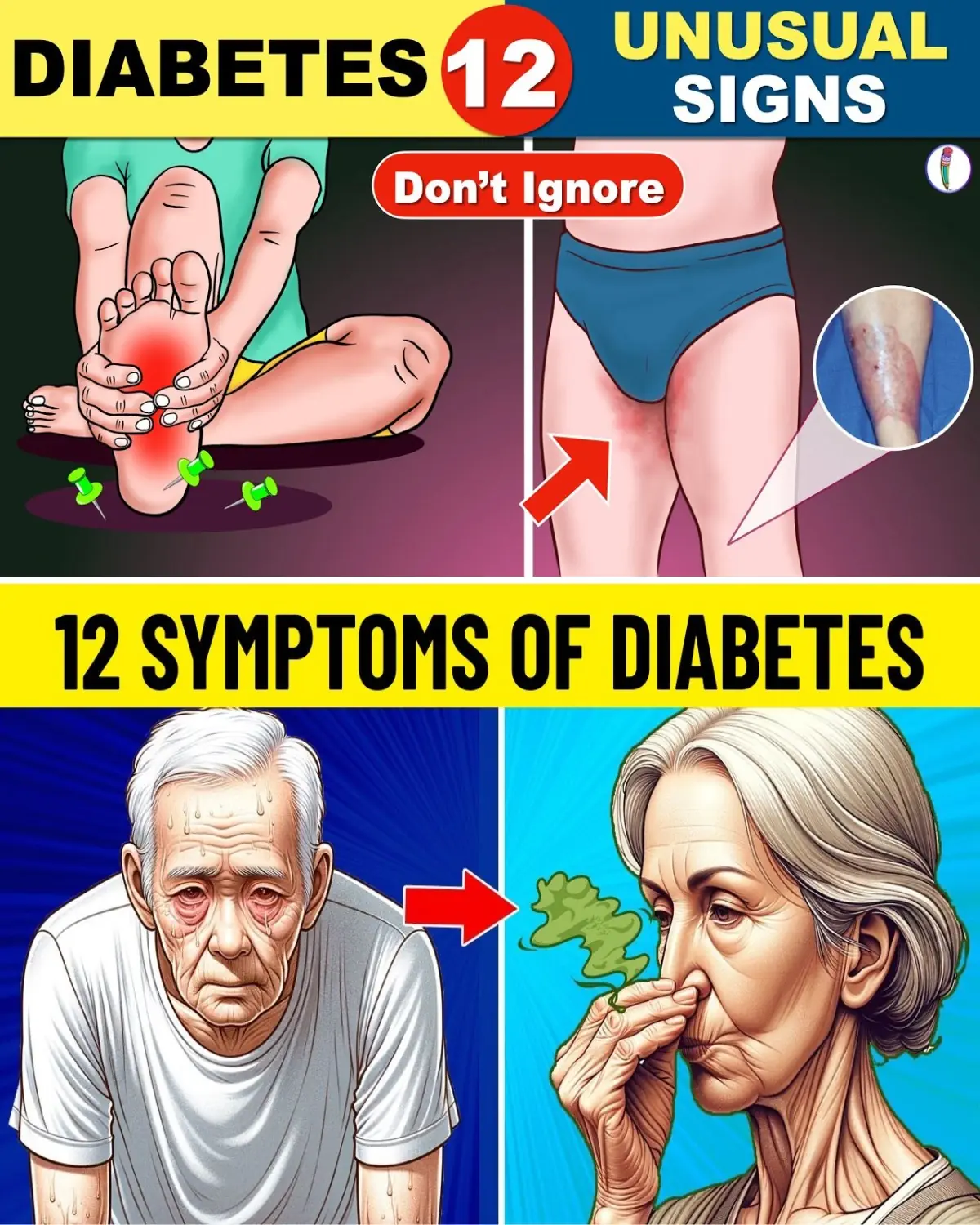
12 Unusual Symptoms of Diabetes You Shouldn’t Ignore
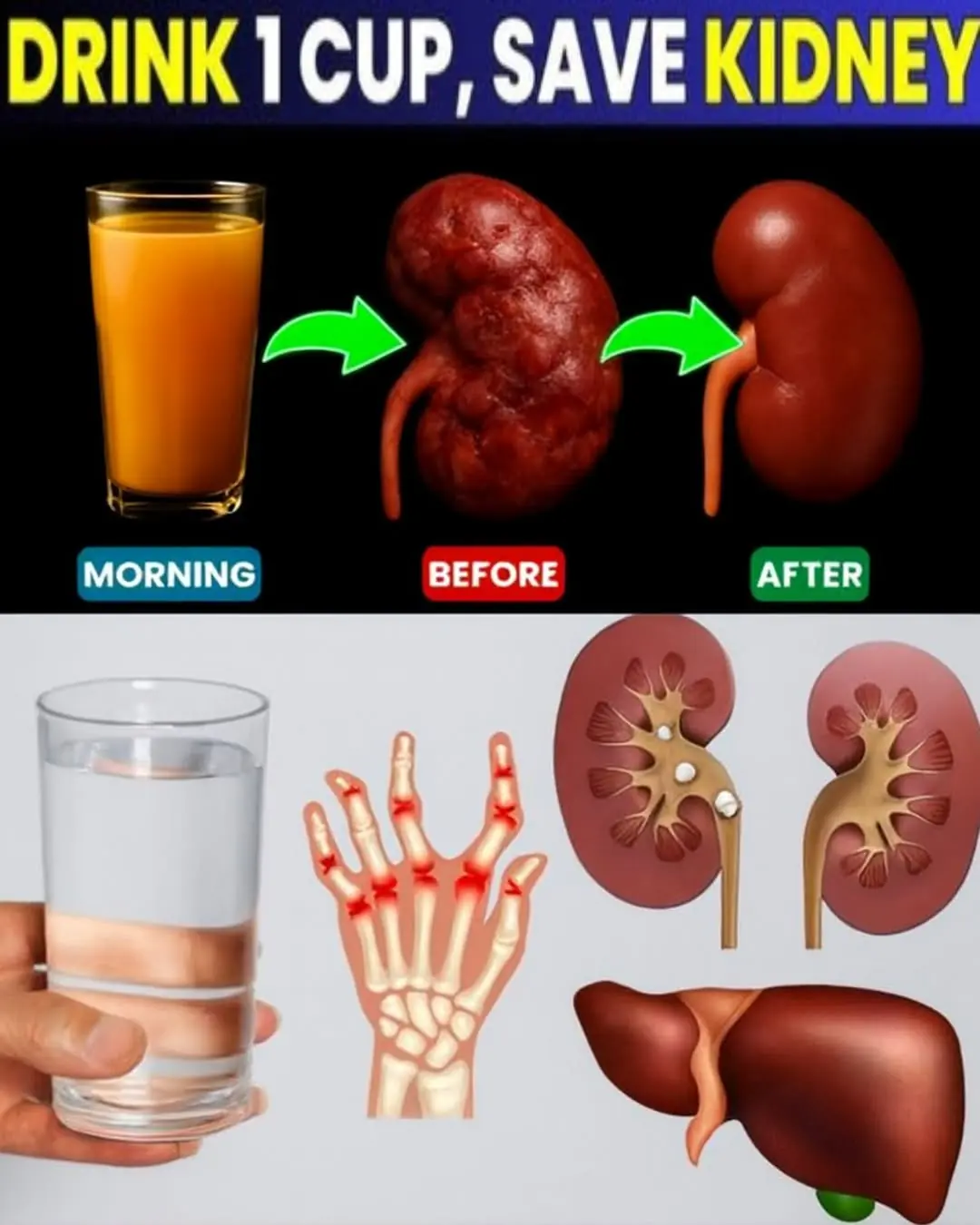
Just 1 Cup a Day and Your Kidneys Will Start Recovering

The Four Medicinal Leaves: Avocado, Mango, Bay, and Guava

Natural Drink to Say Goodbye to Joint Pain and Boost Circulation

The Secret of a 95-Year-Old Chinese Doctor: The Natural Juice That Keeps His Liver and Intestines Young

Just 1 Raw Onion a Day Has These 11 POWERFUL Health Benefits

Powerful Homemade Health Elixir: Ginger, Garlic, Lemon & Honey Remedy

The Ultimate Aloe Vera Cure: Nature’s Strongest Defense Against Bacteria, Fungi, and Toxins

I Was Losing My Vision and Didn’t Know What to Do — Until an Eye Doctor Showed Me This Natural Juice Recipe

Seniors, Drink THIS to Rebuild Knee Cartilage & End Pain Fast

Top 3 Best Teas for Arthritis Pain Relief & Inflammation

Seniors, Sip This to Revive Your Knee Cartilage Fast
